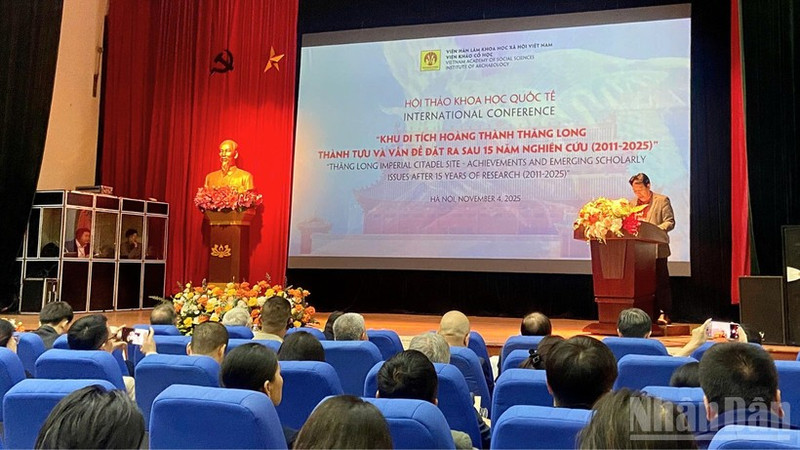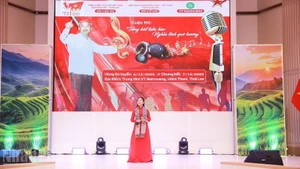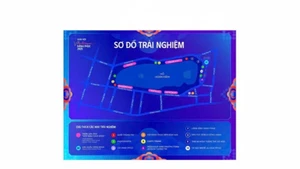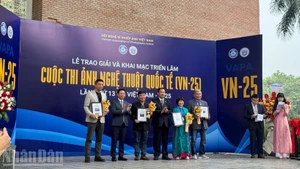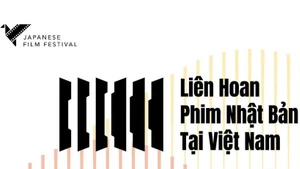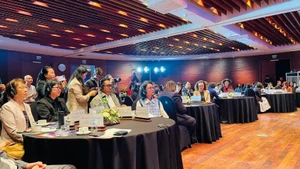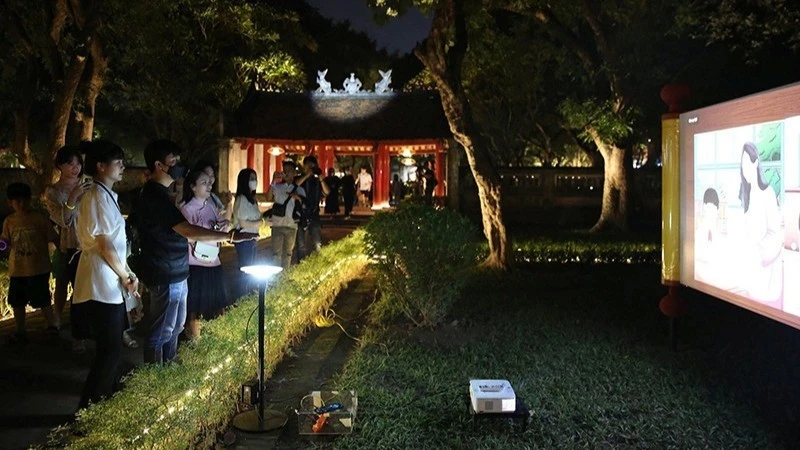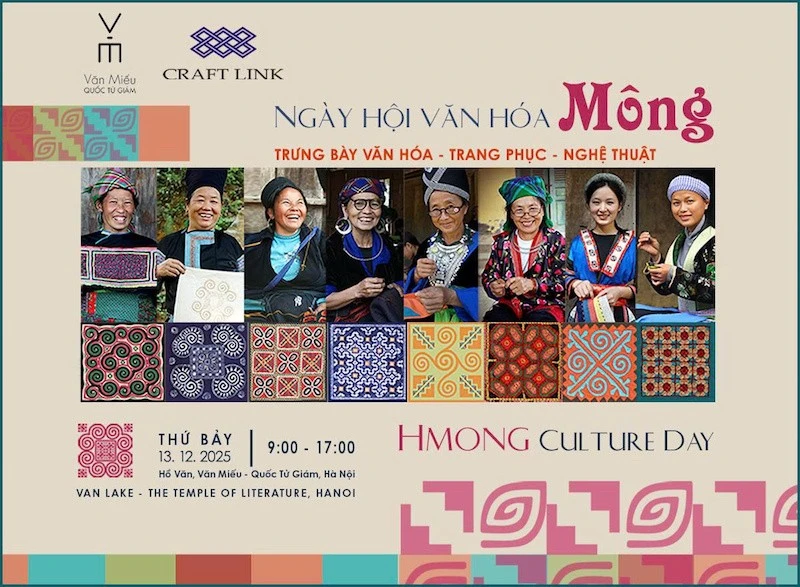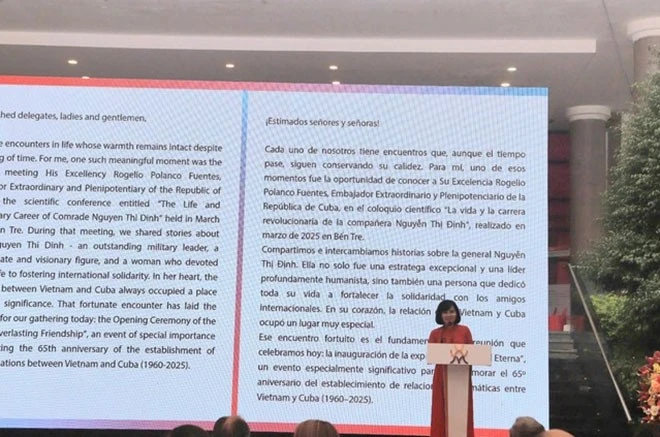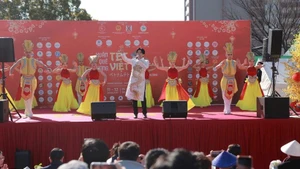The conference aimed to summarise the scientific achievements gained from years of painstaking research to decode the secrets of the Thang Long Imperial Citadel through archaeological findings.
Speaking at the event, Dr Ha Van Can, Director of the Institute of Archaeology, said that over the past 15 years, in-depth research has provided insights into the architecture of the Kinh Thien Palace, the centre of the Thang Long Imperial Citadel, during the Ly, Tran and Le dynasties.
Such insights, he noted, will help provide a clearer understanding of the similarities and differences between traditional Vietnamese and East Asian palace architecture.
He added that the analysis of Vietnamese and imported ceramics found at the site not only helps reconstruct the life and rituals within the imperial palace but also affirms the diplomatic and trade position of Thang Long in the regional Asian network.
The conference also heard in-depth presentations on the preservation and promotion of the cultural values of the Thang Long Imperial Citadel, covering topics from the processing and storage of artefacts to the conservation experiences of ancient cities around the world.

Over the past 15 years, the Institute of Imperial Citadel Studies has published 17 books on the Thang Long Imperial Citadel and ancient Vietnamese capitals, 112 research papers in domestic journals and books, 15 papers in international publications, and contributed 66 papers to domestic and international workshops and conferences.
